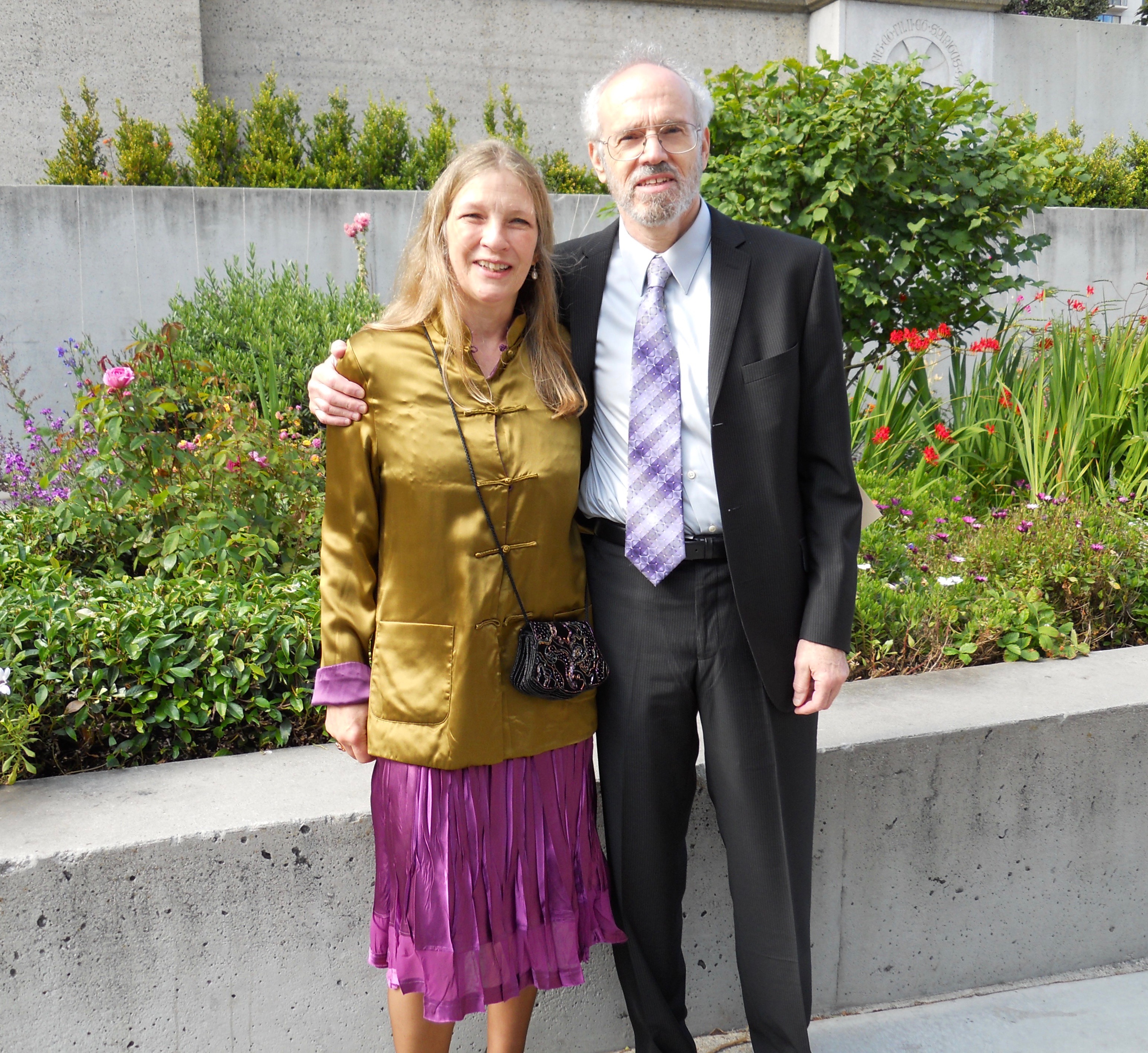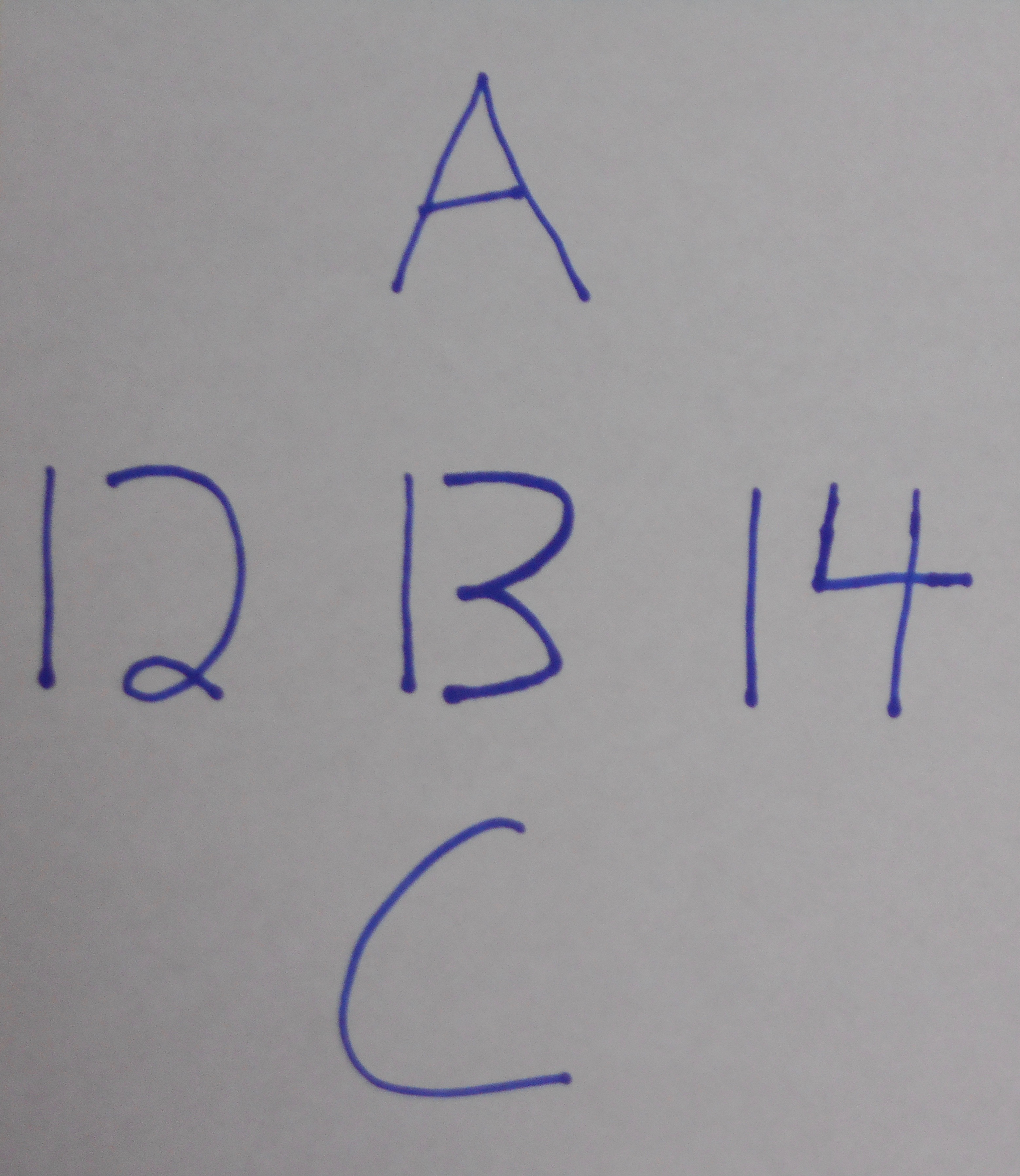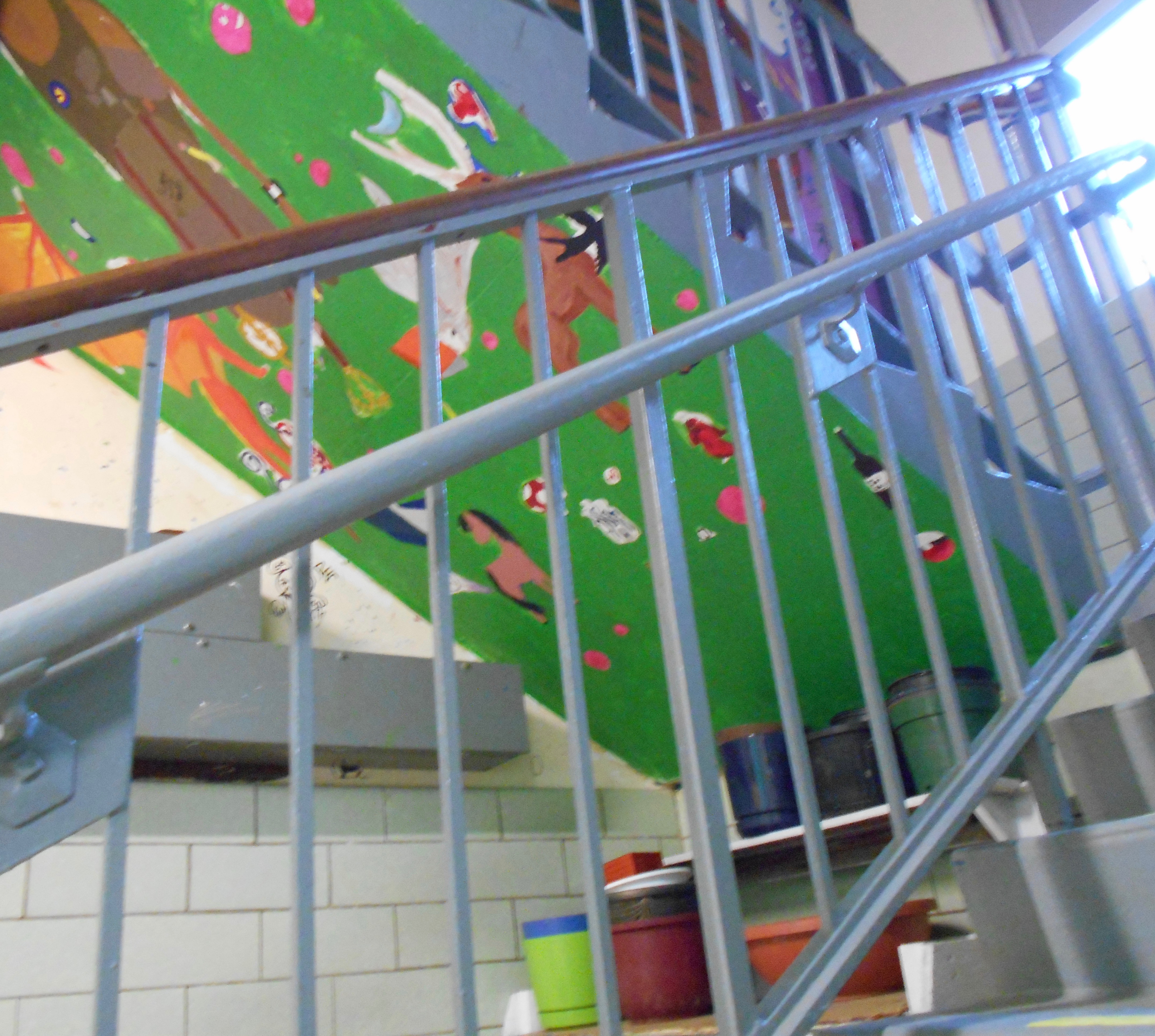You might think the world is the world, what you see is what is there. The truth is the truth. Yet, how does the world feel with no hands to touch it? If your ears were sensitive to sounds lower in pitch, would you hear collisions of molecules in the air? What a different world that would be! If you could see a tree in infrared, would the tree have a halo around it and seem blessed? Humans can hear sounds up to 20,000 cycles per second. Mice, whales, and bats can hear sounds at 100,000 per second. How would your experience of the world change if sound were your dominant sense, not sight? A dog can differentiate over 250,000 odors, a human maybe 10,000. How would your experience of the world change if smell were your dominant sense? The world perceived is dependent on the sensory system that perceives it.
A tragedy occurs in your social world and for you “the world is tragic.” You see a red rose, a frightening auto accident, and a beautiful sunset. Are the red of the rose, the fear, and the beauty objective elements that exist independent of humans? And the classic: when a tree falls in the forest and no human or animal is there to hear it, is there a sound?
To what degree is the truth perceived dependent on the person who perceives it? The world appears differently to different people, but how big can the difference be? A human baby’s sense of smell and taste, and the sensitivity of their skin, is well developed at birth. Sound takes a little longer. A baby immediately looks for and can see faces right away, but seeing full people, or the whole context of a room they are in, develops gradually over a year or more. Not everyone can see colors. If you have the ability to see color, imagine the world from the perspective of a color-blind person. Or imagine what it would be like for a person from the 12th Century to visit the US today, or vice versa. It makes great science fiction. Yet, most of us insist our view of what is real is the one and only view. To some degree, we need that to survive. How long would you live if you stepped off the curb, a car came at you, and you stopped to debate whether you should see the car from the perspective of an ant or a human? Culture, historical time period, personal history, age, social context, etc. all condition your perceptions and ways of thinking.
How do you answer these questions? And how could a teacher explore them with students? One way to explore this is through developing mindful self-awareness. Another is through studying the science and analyzing the vocabulary of perception. For example, what differentiates a sensation from a perception? The two words are often used similarly and ambiguously. Sensation is often used in psychology to refer to the stimulation of sense receptors or to raw sense information, before the information is interpreted or becomes conscious. However, a perception is conscious.
So how would sound be defined? It too is often used ambiguously. Is a sound the sound wave produced when a tree falls? Or the perception of the sound waves produced by a tree falling? If it is the latter, then an ear is necessary for hearing to occur, and there is no sound without a hearer, no taste without a taster.
Children of all ages enjoy trying to figure out optical illusions. In schools, you could study what these illusions demonstrate about your senses and sense of reality. For example, there is the figure-ground principle and salience. Salience means value or importance; your brain assigns value to certain parts of the visual field. Your attention is selective. You don’t (consciously) perceive all that passes before you (even if some part of us is aware of it all). We have thresholds, dividing lines in all the senses, above which you are aware, below you are unaware. If you were consciously aware of every stimuli in your environment, you would die, burn out. Figure-ground refers to how you pick out elements of a visual stimuli to focus on and the rest becomes background. For example, there are illusions of faces, like the Rubin Vase or the old-young woman figure. (Take a look at the provided links to see examples of the illusions discussed.)
Another principle is that of meaningfulness. No perception is without interpretation and meaning, and this meaning usually appears as an element of the objects perceived, not as an element of the mind perceiving. This is illustrated by the blind spot in your eye. In the back of the retina there is an area where there are no receptor cells. It is where the optic nerve forms to transmit information to the brain. Yet, you don’t see an empty spot in your visual field. Your brain “fills in” the spot. Other illustrations of how the brain can fill in “holes” in your field of perception to make the scene meaningful are the illusion where a Dalmatian dog appears out of a scene of black and white spots, or when you perceive an incomplete figure as complete. Did you ever drive at dusk or at night in a fog and misperceive something in your peripheral vision?
A few other principles can deepen the discussion. For example, a perceptual set is a pre-set or habitual manner of perceiving phenomena. This can be illustrated in various ways. For one, the young-old woman ambiguous figure. Show one half of a class of students pictures of old women. Show the other half pictures of young women. Then show them the optical illusion. There’s a good chance the students who saw the pictures of the young women will see the young woman first in the ambiguous figure. This would work better, of course, if none of your students had ever seen the ambiguous figure. The principle can also be seen with illusions of perspective, for example, those which illustrate how train tracks appear to narrow in the distance—or illusions of context and expectation, such as the one above where you see the 13, when you read 12, 13, 14; or you see a B as you read A, B, C.
With ambiguous figures, all the information to perceive either figure is present. You only see one figure at a time. For example, in the Rubin vase illusion, you can either see a vase or two faces—you never perceive both the vase and the faces at once. When you see the vase, you will swear the drawing is only of a vase. Yet, you can go back and forth between interpretations. There is no correct way to see the ambiguous figure, but you can understand the ambiguity of perception.
The depth and accuracy of a perception can be increased (or decreased) by how the perceiver is educated.
Does this mean that there is no truth? I think it means that truth is interdependent with context, mind—with the universe in which the perceiver of truth appears. Physicist and author Jeremy Hayward calls perception a “creative dance.” “[A]s we move through the world, we don’t see what is really there. We experience a mutual creation between what is there and the ideas and emotions that seem fitting at the time.” (page 68) To a large degree, perception is a subject meeting an object or other being. The world you see is inextricably tied to who you are. You and your world are not two. It is not just the sensation by itself which determines how much pain or joy you experience, but how you interpret or perceive it.
So, when you perceive someone as threatening, or think your view of the world is the only correct view, you might consider whether you are looking at the vase or the faces.
*If you teach high school and want a resource for your students to read, or just want a deeper discussion of these issues for yourself, read: Letters To Vanessa: On Love, Science and Awareness in an Enchanted World, by Jeremy Hayward, physicist and Buddhist teacher. You might also read: The Butterfly’s Dream, by Zen teacher Albert Low.










